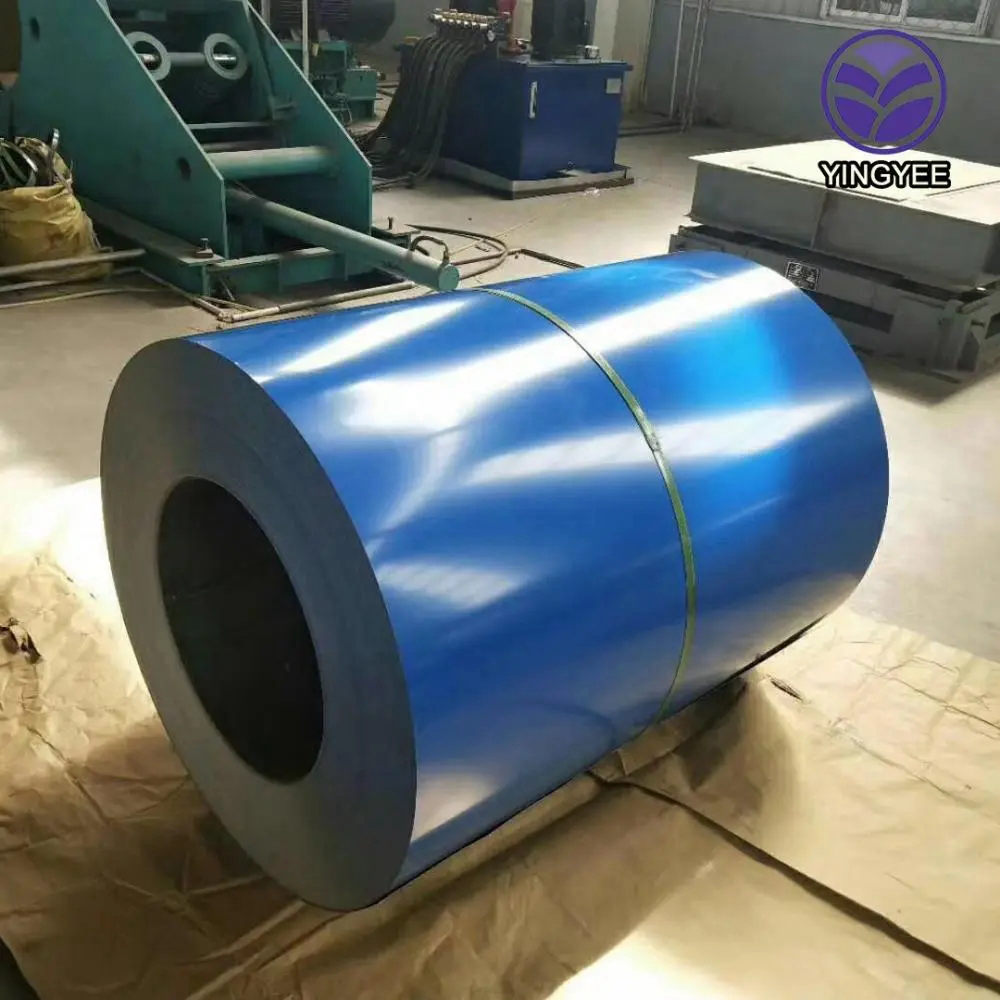
Understanding Purlin Roll Forming Machines
Purlin roll forming machines are essential equipment in the construction and manufacturing industries, particularly for producing structural components. These machines are designed to create C, Z, and U-shaped steel purlins, which are crucial for supporting roofs and walls in various types of structures, including warehouses, factories, and residential buildings.
What is a Purlin?
A purlin is a horizontal structural member used in roofing systems, serving as a support for the roof decking or sheathing. They are typically made from steel or other materials and provide essential support for both the roof and wall structures of a building. Steel purlins, particularly, are favored for their strength-to-weight ratio, durability, and resistance to various environmental factors.
How Purlin Roll Forming Machines Work
Purlin roll forming machines operate through a continuous process of transforming flat metal sheets into various profiles. The process typically begins with feeding a coil of steel into the machine. As the metal passes through a series of rollers, it is gradually shaped into the desired purlin profile. Each set of rollers is designed to perform a specific function, ensuring that the metal conforms precisely to the desired dimensions.
1. Material Preparation The process starts with the preparation of raw material, usually in the form of steel coils. The thickness and width of the coils can vary depending on the required specifications of the final product.
2. Roll Forming Process Once the material is prepared, it is fed into the roll forming machine. The rollers gradually shape the material by making small bends and adjustments until the desired profile is achieved. This method is known for its efficiency, allowing for high production rates while maintaining precision in dimensions.
3. Cutting and Finishing After the purlins are formed, they are cut to the required lengths, often using an automatic cutting system that synchronizes with the forming process. Finally, the purlins may undergo finishing processes, such as coating or galvanizing, to enhance corrosion resistance and longevity.
Benefits of Using Purlin Roll Forming Machines

Investing in purlin roll forming machines offers numerous advantages
- Efficiency These machines can produce purlins at a rapid pace, significantly reducing lead times and increasing productivity. This efficiency is particularly beneficial in large-scale construction projects where time is of the essence.
- Customization Purlin roll forming machines can be adjusted to create various profiles, including C, Z, and U sections. This flexibility allows manufacturers to cater to diverse client needs and adapt to different construction requirements.
- Cost-Effectiveness By producing purlins in-house, companies can reduce material waste and labor costs associated with sourcing ready-made components. Furthermore, the longevity and durability of steel purlins lead to lower maintenance costs over time.
- High Precision Modern purlin roll forming machines are equipped with advanced technology that ensures high levels of precision and consistency in the output, which is crucial for structural integrity.
Applications of Purlins
Purlins are versatile and have a wide range of applications in construction, including
- Roofing Systems They provide horizontal support for roof sheeting, ensuring the deck's strength and stability. - Building Frames Purlins are widely used in framing for industrial buildings, warehouses, and agricultural structures. - Lean-to Structures In addition to primary building frameworks, purlins also serve effectively in lean-to roofs and similar structures.
Conclusion
Purlin roll forming machines play a pivotal role in modern construction and manufacturing. Their ability to produce high-quality structural elements efficiently makes them indispensable in the industry. By understanding the significance and operation of these machines, businesses can optimize their production capabilities, meeting the growing demands of the construction sector while ensuring quality and durability in their products. As technology continues to evolve, we can expect further advancements in roll forming processes, promising even greater efficiency and precision in the production of purlin components.